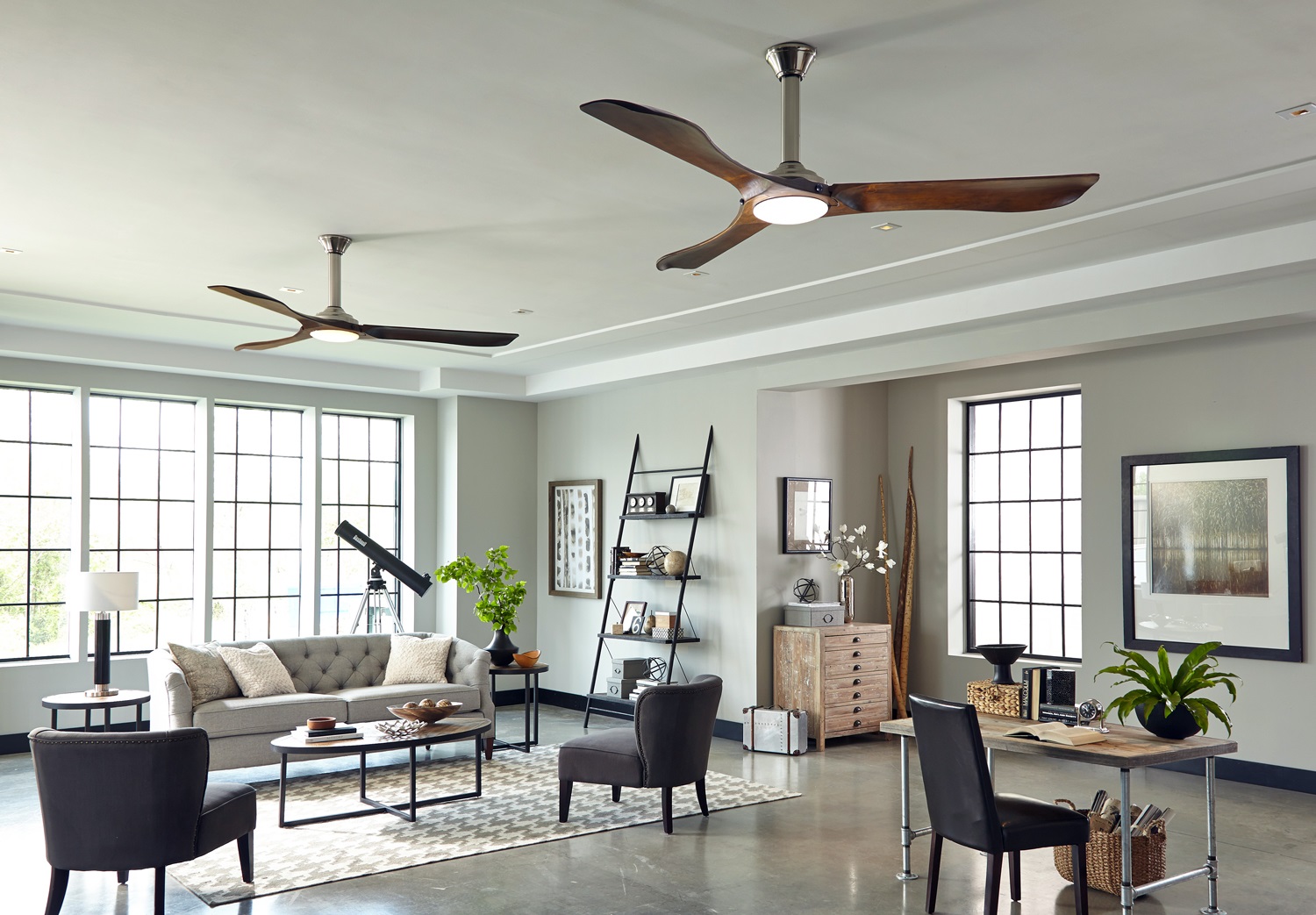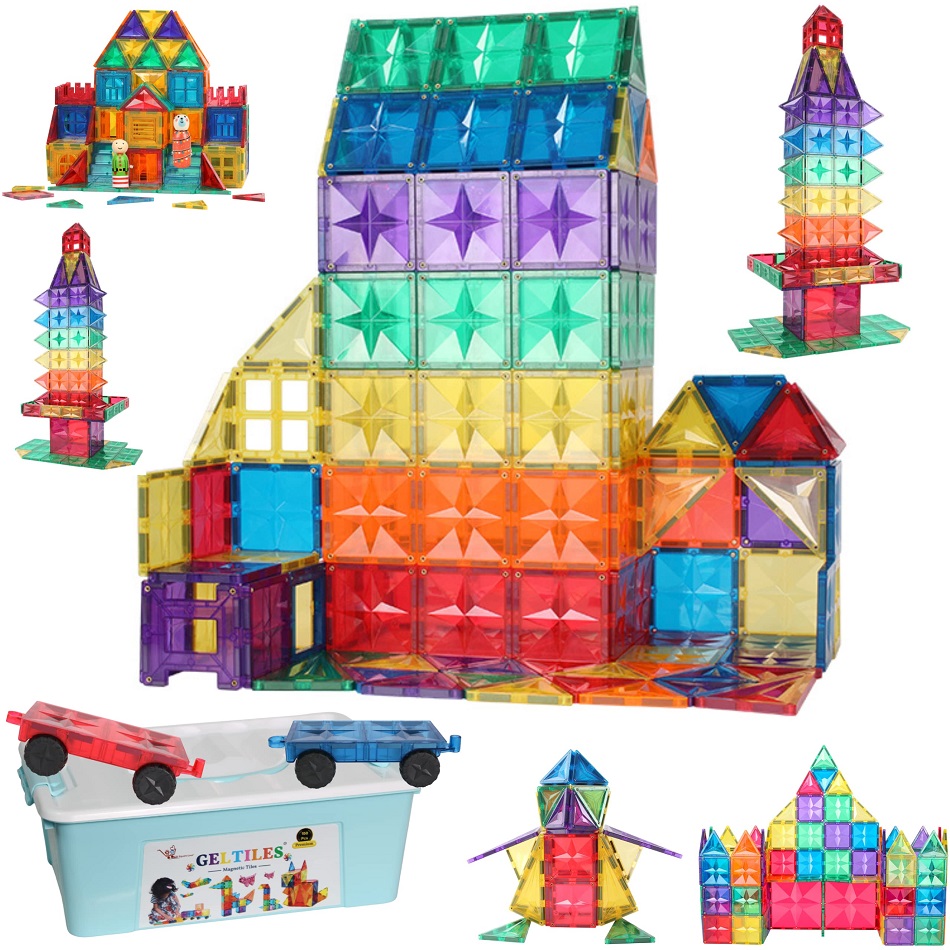When it comes to keeping our homes cool during the warm months, the debate often centers around ceiling fans and air conditioners. Both have their merits, but which one is the more cost-efficient choice? Let’s dive into the nuances of each and determine which might be the better option for your cooling needs and budget.
1. Initial Investment:
- Ceiling Fans: Ceiling fans generally have a lower upfront cost. Depending on the design and brand, a good quality fan can range from $50 to a few hundred dollars. Installation costs are also relatively minimal, especially if pre-existing wiring is available.
- Air Conditioners: Air conditioning units, on the other hand, can range from a few hundred to several thousand dollars, depending on the type (window, split, or central) and brand. Installation can be more intricate, sometimes requiring professional assistance, which adds to the cost.
2. Energy Consumption:
- Ceiling Fans: Fans consume significantly less energy compared to air conditioners. They work by circulating air, creating a draft that makes the room feel cooler, even though they don’t reduce the actual temperature.
- Air Conditioners: AC units consume more energy because they actively cool the air by removing heat through a refrigeration cycle. While modern units are becoming increasingly efficient, their consumption is still considerably higher than ceiling fans.
3. Maintenance:
- Ceiling Fans: Maintenance for fans is relatively straightforward. Regular dusting, occasional balancing, and perhaps a yearly check on the motor are typically all that’s needed.
- Air Conditioners: AC units require more regular maintenance, including filter cleaning or replacement, checking for refrigerant leaks, and ensuring that the compressor and coils are functioning correctly.
4. Longevity:
- Ceiling Fans: With minimal maintenance, a quality ceiling fan can last for over a decade.
- Air Conditioners: The lifespan of an AC unit varies depending on the type and brand. With regular maintenance, window units can last around 10 years, while central air systems might last 15-20 years.
5. Versatility:
- Ceiling Fans: Fans can be used year-round. In warmer months, they circulate cool air, and during colder months, reversing the direction can help distribute warm air more evenly throughout a room.
- Air Conditioners: AC units are primarily useful in hotter months or climates. In areas with mild summers, the investment might not be as justified.
6. Comfort Level:
- Ceiling Fans: While fans make a room feel cooler, they don’t actually decrease the temperature. In extremely hot conditions, they might not provide the desired level of comfort.
- Air Conditioners: AC units provide consistent cooling, reducing both temperature and humidity, ensuring optimal comfort during sweltering conditions.
7. Environmental Impact:
- Ceiling Fans: Fans have a lower environmental footprint. Using less electricity means fewer greenhouse gas emissions. Additionally, they don’t utilise refrigerants, which have been linked to ozone layer depletion.
- Air Conditioners: While newer AC models use more environmentally friendly refrigerants, they still consume a significant amount of electricity. The manufacturing, disposal, and operational phases have a higher environmental impact compared to fans.
Conclusion:
From a pure cost-efficiency standpoint, ceiling fans win hands down. Their low initial cost, minimal energy consumption, and straightforward maintenance make them an attractive choice for homeowners and renters alike.
However, comfort is also a key consideration. In regions with scorching summers or high humidity, an air conditioner might be deemed essential. In such cases, it’s worth investing in energy-efficient models and using them judiciously to strike a balance between comfort and cost.
For those in milder climates or looking for a supplemental cooling source, ceiling fans can be an excellent, cost-effective choice. In the end, it’s about assessing your needs, budget, and priorities to make the right cooling decision for your space.





